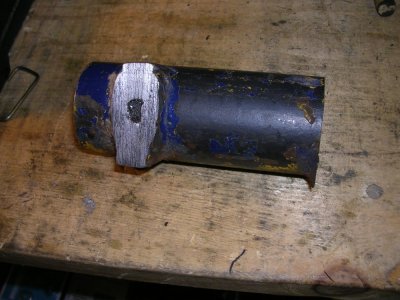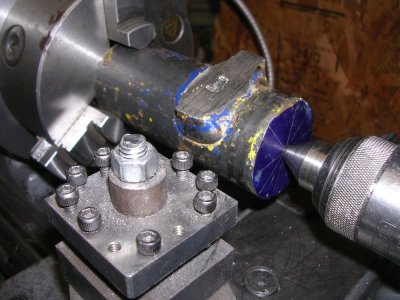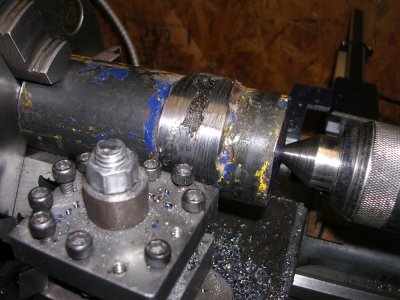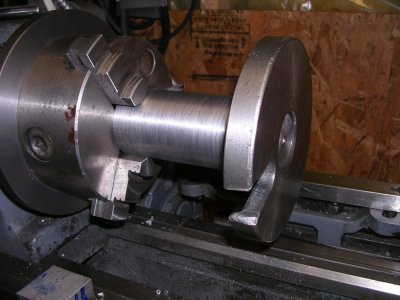Have you surfaced the back side? - AKA the side in your last picture? - then checking it flipped back the other way?
Just doing that now.
Have you surfaced the back side? - AKA the side in your last picture? - then checking it flipped back the other way?
Have you surfaced the back side? - AKA the side in your last picture? - then checking it flipped back the other way?

Probably somewhere in the chuck - 1 thou is very good.
Its when you re-grip a part which is known to be true & now have lost concentricity for a second turning operation.
You are making progress when you are starting to have repeatability.
And this is where you can make a ”poor man’s adjustachuck”. Turn the register (the one you get a thou runout at the moment) undersized by about 1/2” the max TIR (or just a smidge more). Drill the mounting bolt holes in the plate oversized. Any critical part that needs to be held accurately can now be indicated (by bumping the chuck body on its backing plate while the bolts are just snug) to zero TIR. Job done.
You are making progress when you are starting to have repeatability.
And this is where you can make a ”poor man’s adjustachuck”. Turn the register (the one you get a thou runout at the moment) undersized by about 1/2” the max TIR (or just a smidge more). Drill the mounting bolt holes in the plate oversized. Any critical part that needs to be held accurately can now be indicated (by bumping the chuck body on its backing plate while the bolts are just snug) to zero TIR. Job done.






Way to Go Craig!
re-thread at target depth 5-6 times before sufficient material was removed
Question for you @Dabbler : Does the nose radius of a carbide threading tool have the same minimum depth of cut implications as on a turning insert?In short, what you dial is not what you cut. a small lathe has a lot of 'springiness' to it. subsequent spring passes bring things clos(er) to the dialed-in dimension.
Does the nose radius of a carbide threading tool have the same minimum depth of cut implications as on a turning insert?
